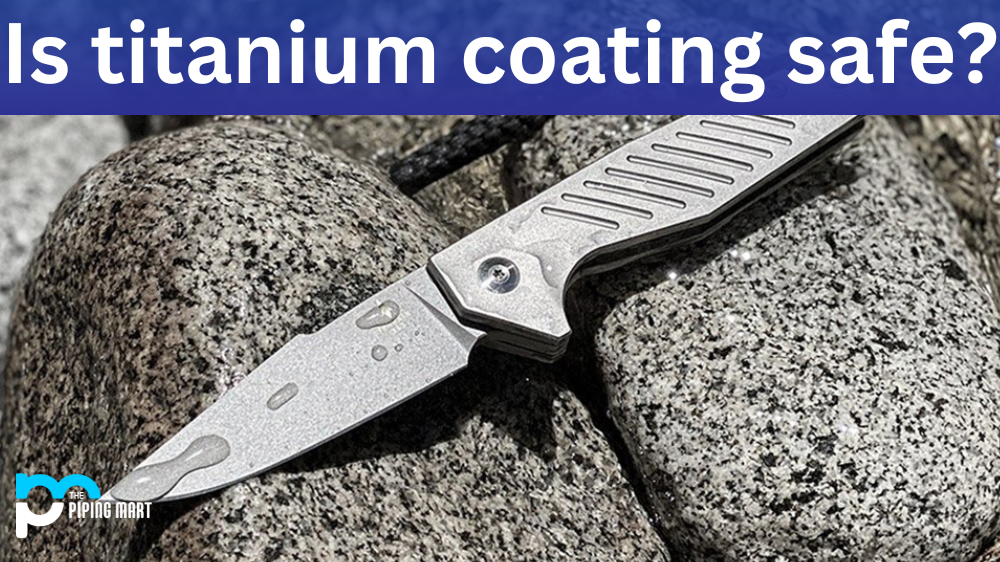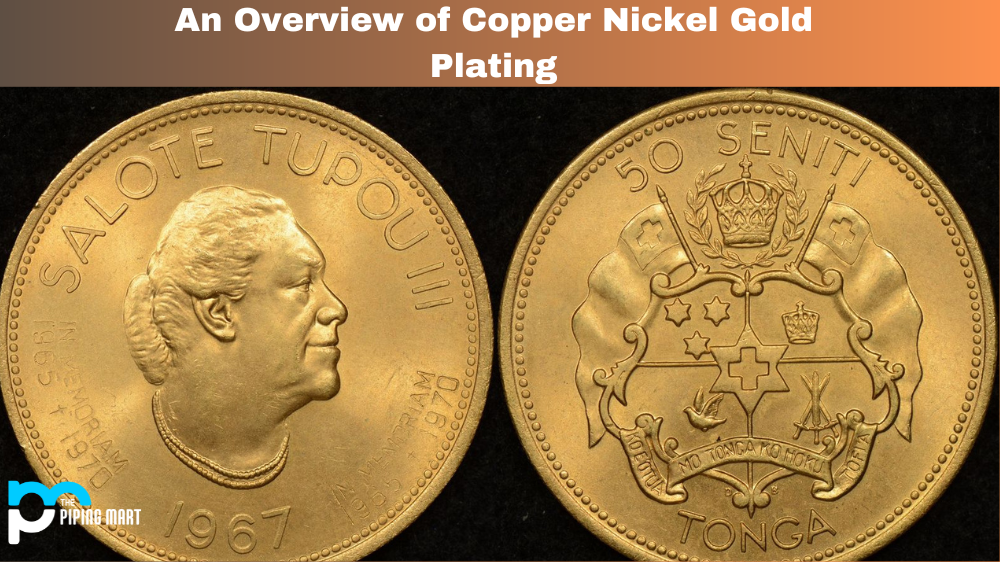More often than not, when we hear the term “heating element”, we think of that small, energy-guzzling coil at the back of our toaster oven or in our hair straightener. But did you know that the metallic makeup of these coils is two of the most famous elements in the world? Yes, Nichrome and tungsten are the two most widely used metallic elements for heating purposes. But how do they stack up against each other? Which one is ideal for which application? This blog post will take a closer look at the differences between Nichrome and tungsten. So let’s get started!
What is Nichrome?
Nichrome is an alloy made up of nickel, chromium, and iron. It was first discovered in the early 20th century and has become quite popular as a heating element in many industrial applications. It has one of the highest resistivity rates of any metallic element, which means it gets hot quickly and can maintain that heat without burning out or melting.
What is Tungsten?
Tungsten is a metal that is much denser than Nichrome. It is more difficult to work with than Nichrome, but its advantages make it popular. Tungsten heating elements have one of the highest melting points of any metallic element, which allows them to get hotter than Nichrome before melting. They have a very low coefficient of expansion, meaning they do not significantly alter shape or dimension as they heat up, and hence are ideal for high-temperature vacuum applications.
Difference Between Nichrome and Tungsten
Applications
Significant differences set them apart when we talk about the applications of these two heating elements. Nichrome is ideal for heating elements that require lower temperatures, such as in toasters, hair dryers, and heating pads. However, due to its high resistivity, it is only suitable for high-temperature applications if many nichrome wires are wound together.
On the other hand, tungsten heating elements are the preferred choice for high-temperature environments. They are ideal for high-end furnaces, vacuum applications, and other high-end applications requiring high heat. They are also used in aerospace applications, such as in the heating elements used in rockets, due to their high melting point and low coefficient of expansion.
Advantages of Nichrome Heating Elements
Nichrome heating elements have several advantages over tungsten heating elements:
- Nichrome heating elements can operate at higher temperatures than tungsten. This means that Nichrome can be used for applications requiring a higher operating temperature, such as industrial furnaces.
- Nichrome heating elements are less expensive than tungsten heating elements because Nichrome is lighter and has a lower resistivity than tungsten.
- Nichrome is less likely to break or shatter than tungsten when exposed to sudden changes in temperature.
Advantages of Tungsten Heating Elements
While tungsten heating elements have some disadvantages compared to nichrome heating elements, they also have several advantages:
- Tungsten has a much higher melting point than Nichrome, meaning that tungsten can be used for applications where extremely high temperatures are required.
- Tungsten is much more corrosion-resistant than Nichrome, making it ideal for corrosive environments.
- Tungsten heats up more quickly than Nichrome due to its lower resistivity, meaning that tungsten can be used for applications where quick heat-up times are required.
Conclusion
To summarise, Nichrome and tungsten are two of the most widely used metallic elements in heating applications. These metallic elements have distinct properties, making them ideal for certain applications. Nichrome heating elements are ideal for low-temperature applications, while tungsten heating elements are preferred for high-temperature applications. So, depending on your needs, choose the appropriate heating element that suits your application.

Abhishek is a seasoned blogger and industry expert, sharing his insights and knowledge on various topics. With his research, Abhishek offers valuable insights and tips for professionals and enthusiasts. Follow him for expert advice on the latest trends and developments in the metal industry.




